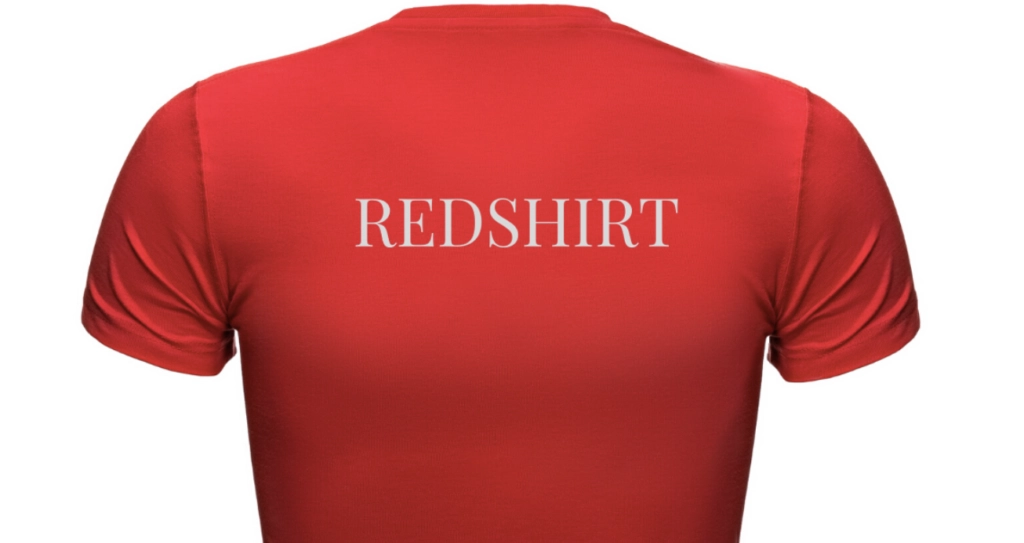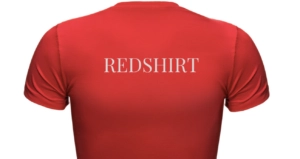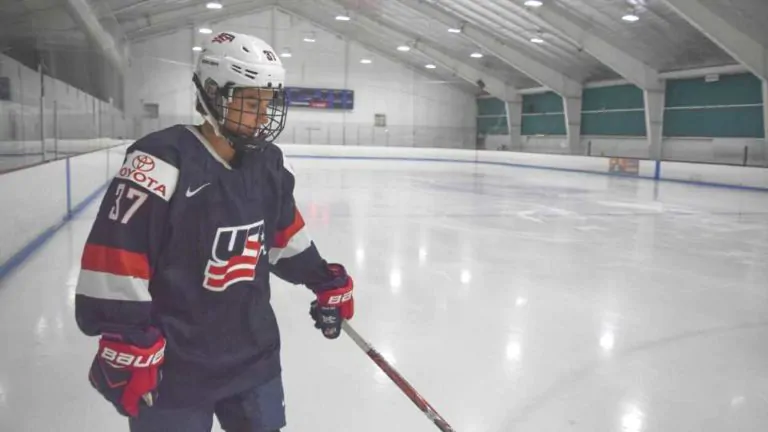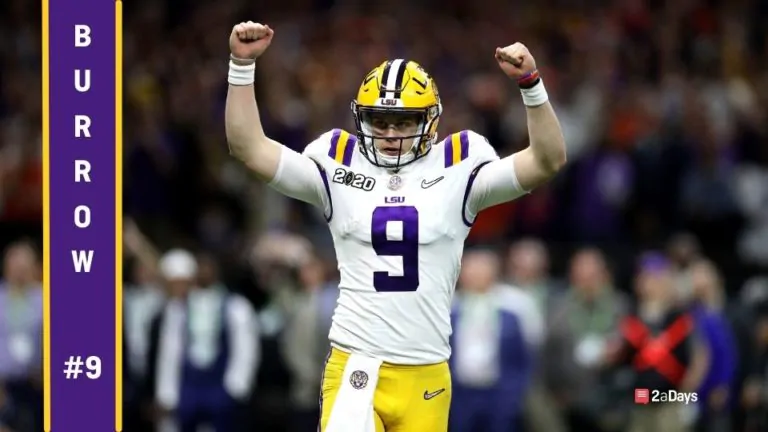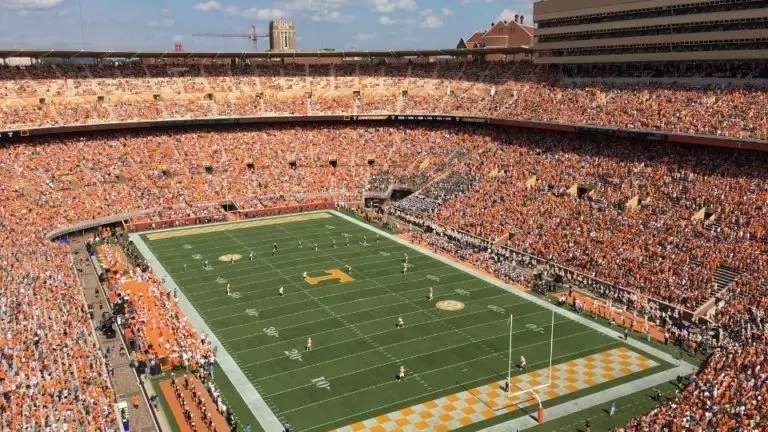Most college athletes expect to get playing time right off the bat. Unfortunately, this is not always the case. At the Division I level, first-year athletes who will not compete have the chance to redshirt and preserve a year of eligibility. Redshirt athletes can still participate in practice and attend games, but they cannot participate in intercollegiate competition if they want to maintain their additional year of eligibility.
Unfortunately, not every student-athlete participating in NCAA competition has the same redshirt opportunities. For student-athletes competing at the Division III level, redshirts cannot be earned through a lack of playing time. A third-string quarterback in Division III, unlike their counterparts in DI, cannot sit down with their coach and choose to forgo their freshman year to save eligibility. The good news: redshirts do exist at this level; they just appear in a different form.
Related: Redshirts, Grayshirts, Greenshirts, and Blueshirts
Gaining Redshirt Status at the DIII Level: Medical Redshirt
The process of obtaining a “redshirt” in Division III competition typically involves a medical procedure or injury and can be more complicated to obtain than in Division I. Generally, student-athletes who suffer a significant injury and play in less than one-third of the games in a season are eligible for the “medical hardship waiver.” The competitor must then document their injury through the appropriate medical channels and submit further information to either their conference or the NCAA. Medical redshirts are available in DI sports as well, less common comparatively.
Jack Scher, a sophomore baseball player at Wesleyan University, recently went through the process of obtaining a medical hardship waiver after suffering an injury during his freshman year. Scher tore his labrum after participating in only a few games and sought a medical redshirt: “I was hurt pretty quickly into the season, and after meeting with some doctors and realizing I would need surgery, I knew I wanted to get that full year back.”
Related: Rate your Coaches, Facilities and Campus Visits
Off-the-Field Goals
For many Division III athletes, the desire to obtain a redshirt reflects off-the-field goals as well. Scher said that his post-graduation aspirations also influenced his decision to medically redshirt: “Wesleyan has many fantastic graduate programs that I was interested in before my injury, and I realized that if I were going to stay on campus to get another degree, it would be cool to be able to play more baseball,” Scher said.
But once again, the logistics of receiving another year of eligibility are much different for Division III athletes. While Division I coaches are involved in the decision of their athlete's redshirting, Division III coaches have a limited role. Scher explained to me, “I mostly dealt with doctors, Wesleyan's training staff, and personnel in the athletic department to get my redshirt. I had to get so many medical documents from doctors and physical therapy; my coach was rarely involved.”
Related: Redshirt | An Athletes Experience with being a Two-year Red Shirt, Transfer, and a Medical DQ
Patrick Clare, a fifth year pitcher at Wesleyan, obtained a medical redshirt after an elbow injury his freshman year and is currently working towards a graduate degree while continuing his baseball career. His medical redshirt process shows the level of patience Division III athletes may need to exhibit in trying to obtain another year of eligibility. Clare submitted his original medical paperwork in early October of 2018 and his supplementary information to the New England Small College Athletic Conference in December. He then went through six months of back and forth with both the NESCAC and NCAA until he was finally granted a fifth year of eligibility. The medical redshirt process can be tedious and difficult for Division III athletes, but, for most student-athletes, it beats the alternative.
Have an idea for a story or a question you need answered? Want to set up an interview with us? Email us at [email protected]
* Originally published on January 20, 2022, by Thomas Holley
